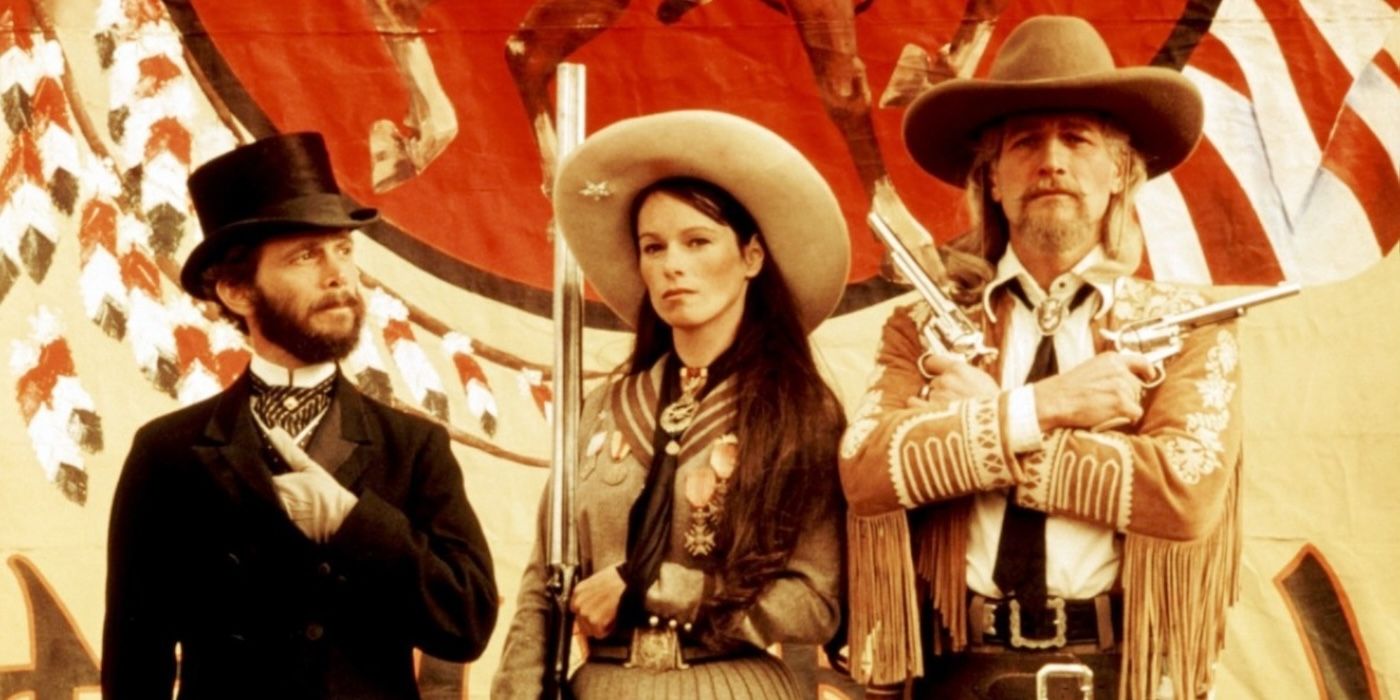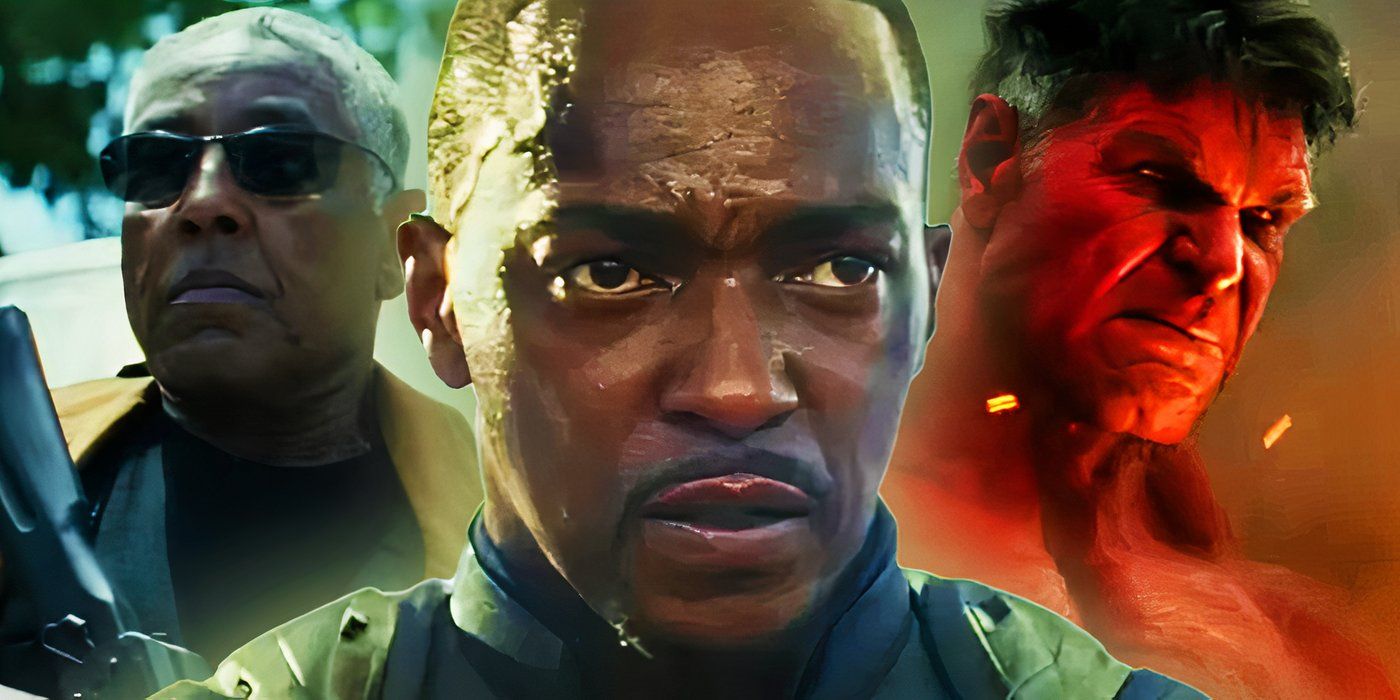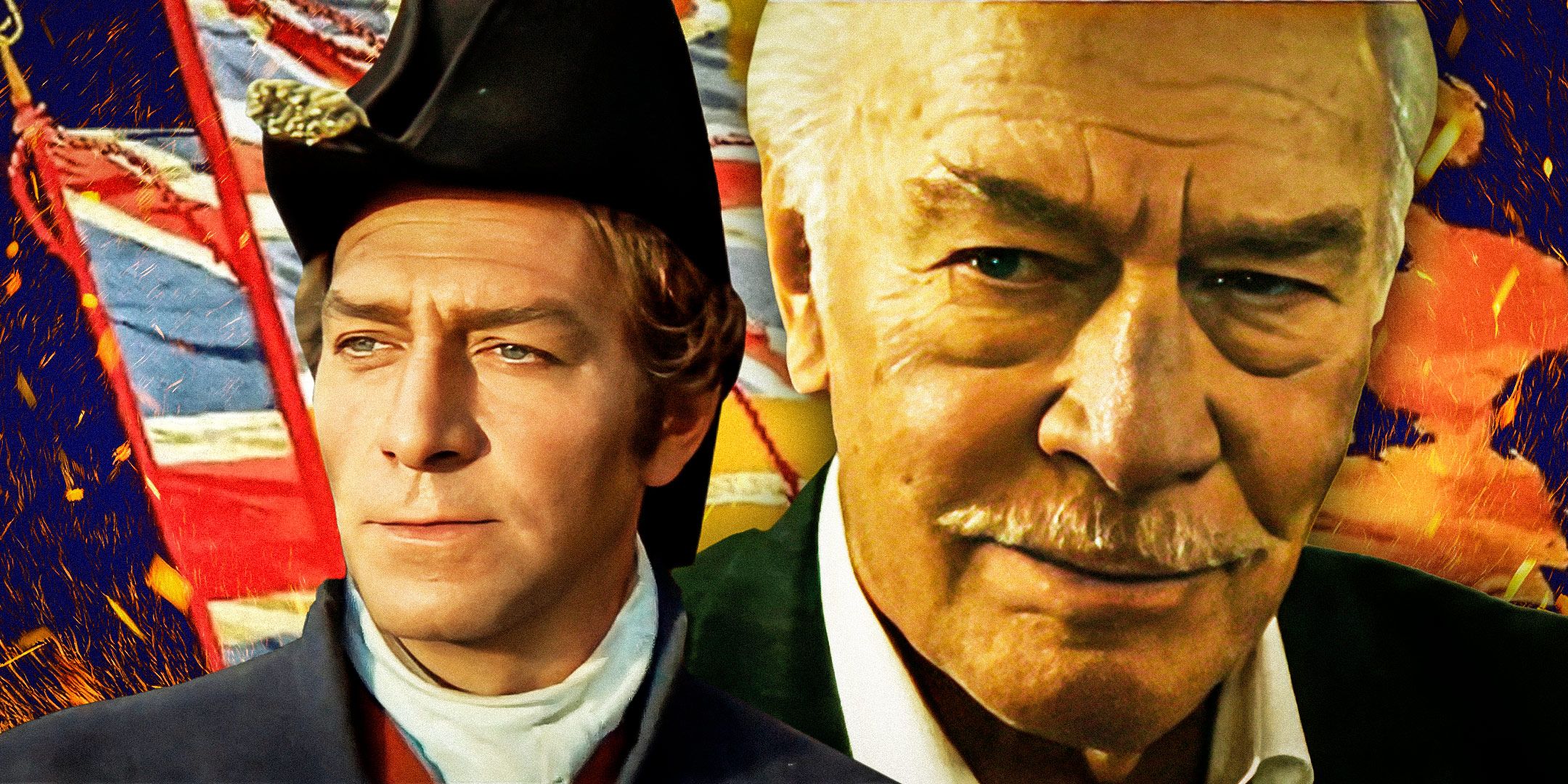The 1970s were a time of disruption in Hollywood, as old genres were deconstructed and reinvented to reflect the changing times. Perhaps no other genre was more heavily reconfigured during this period than the Western, which had been around since the dawn of cinema. Having taken the Western in a more naturalistic direction with McCabe & Mrs. Miller, maverick director Robert Altman set his sights on upending one of its most legendary figures, Buffalo Bill Cody, and he employed one of Hollywood's most beloved leading men, Paul Newman, to do so. With Buffalo Bill and the Indians, or Sitting Bull's History Lesson, Altman and Newman skewer the legends and myths of American lore, and examine the sad truth of our nation's history.
Audiences Weren't Quite Ready for 'Buffalo Bill and the Indians'
Newman plays Buffalo Bill Cody, a Civil War veteran turned performer who headlines "Buffalo Bill's Wild West" show. He gets a major new attraction when Sitting Bull (Frank Kaquitts), who led the Natives in the Battle of Little Bighorn, joins his troupe. But Sitting Bull, speaking through his friend, Halsey (Will Sampson), refuses to portray himself as a savage, much to Bill's consternation. He tries to fire Sitting Bull, but his star attraction, Annie Oakley (Geraldine Chaplin), threatens to quit in solidarity. Bill tries to stage a recreation of Little Bighorn, referred to by the whites as Custer's Last Stand, but Sitting Bull takes issue with its portrayal as a sneak attack by his people. Sitting Bull returns to the Standing Rock Agency in South Dakota, and is killed by officers trying to arrest him. When Bill learns about this, he stages a performance where he easily defeats his Native American foe in front of a cheering crowd.
By the time Altman made Buffalo Bill and the Indians, he was one of the decade's most acclaimed and prolific directors, averaging one or two films a year. In movies like M*A*S*H, The Long Goodbye, and Nashville, he took a cynical view of authority and poked fun at American institutions. Released right as the country was celebrating its bicentennial, Buffalo Bill was greeted with a lukewarm reception by many of the same critics that had previously showered him with praise. Dave Kehr of The Chicago Reader found that while the film, "aspires to a cynical Brechtian snappiness... the drama is too thinly imagined, the meanings too familiar and heavily stated, for this 1976 film to gather any real interest." Jonathan Rosenbaum of Monthly Film Bulletin bemoaned, "Unfortunately, Altman appears to know a lot more about show business than about the American Indian."
'Buffalo Bill and the Indians' Satirizes America's Depictions of Its Dark History
 Image via United Artists
Image via United Artists
To Rosenbaum's point, Altman is making a show business satire, but that only drives home the main point about his subject: the American legend is just that -- a legend -- and the falseness of that obscures the reality of how this country was built. Buffalo Bill's show valorizes the history of American expansion, portraying European settlers as heroes who tamed the Wild West from the savages who previously inhabited it. When Sitting Bull arrives, his demeanor and behavior flies in the face of every notion Bill's audience has held about Native Americans. Bill's frustration with Sitting Bull stems not so much from his refusal to do what he says, but from his insistence to recreate these historical events as they actually occurred...in other words, in a way that makes white settlers look bad. The film's full title, Buffalo Bill and the Indians, or Sitting Bull's History Lesson, is key to this point. There have always been two sides of American history -- the truth and the legend -- and often, to paraphrase The Man Who Shot Liberty Valance, it's the legend that's printed.
Newman's casting is integral to this effect. Few actors were as beloved for so many decades, even though the characters he played in movies like The Hustler, Hud, and Butch Cassidy and the Sundance Kid weren't exactly good guys. There was a rakish charm to his best performances, a sparkle in those famous blue eyes that made women love him and men want to be him. Ultimately, his most famous films were critiques of masculinity, a repudiation of the notion that men were made to conquer the earth and take whatever they wanted without question. As Altman well knew, there were few figures in American history deserving of that critique than Buffalo Bill Cody.
Buffalo Bill and the Indians, or Sitting Bull's History Lesson is available to rent on Amazon in the U.S.
Buffalo Bill and the Indians, or Sitting Bull's History Lesson
A cynical Buffalo Bill hires Sitting Bull to exploit him and add his credibility to the distorted view of history presented in his Wild West Show.
Release Date
Director
Cast
Rating
Runtime
Writers










 English (US) ·
English (US) ·